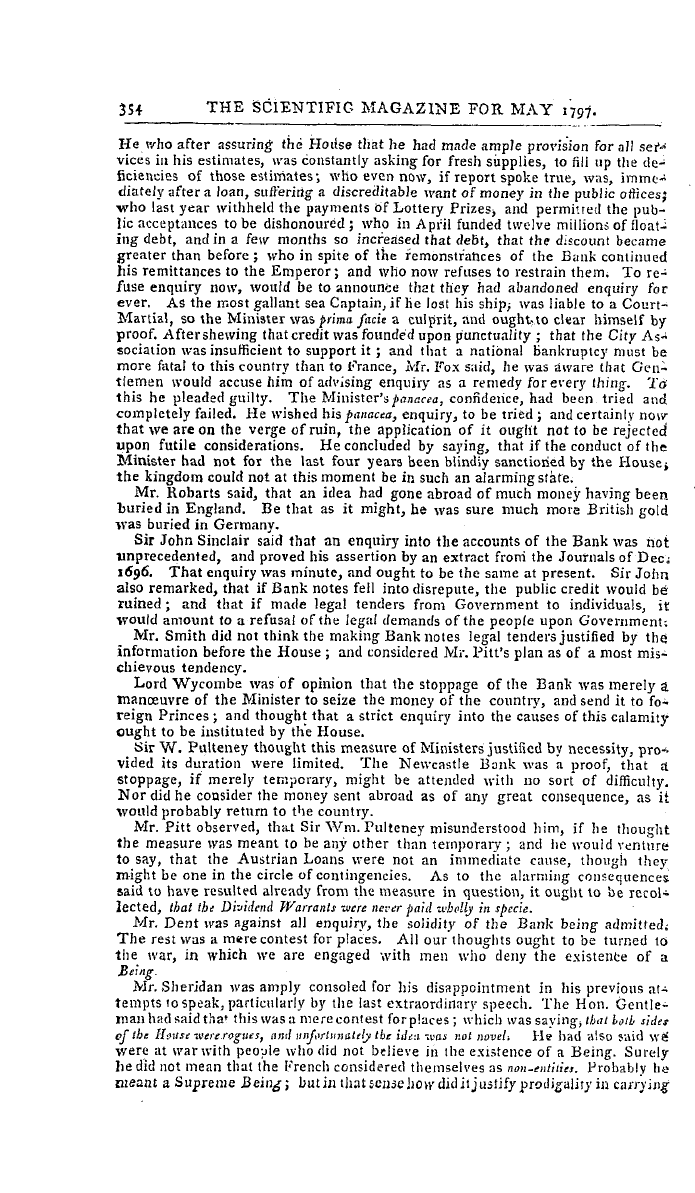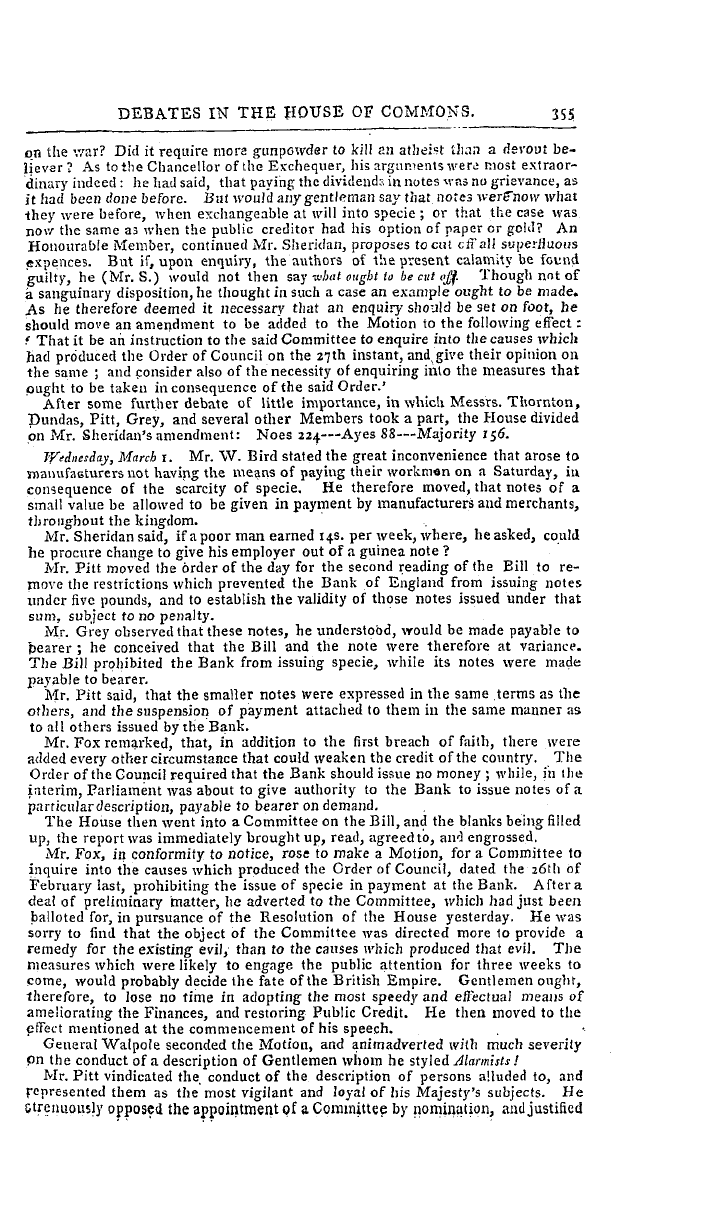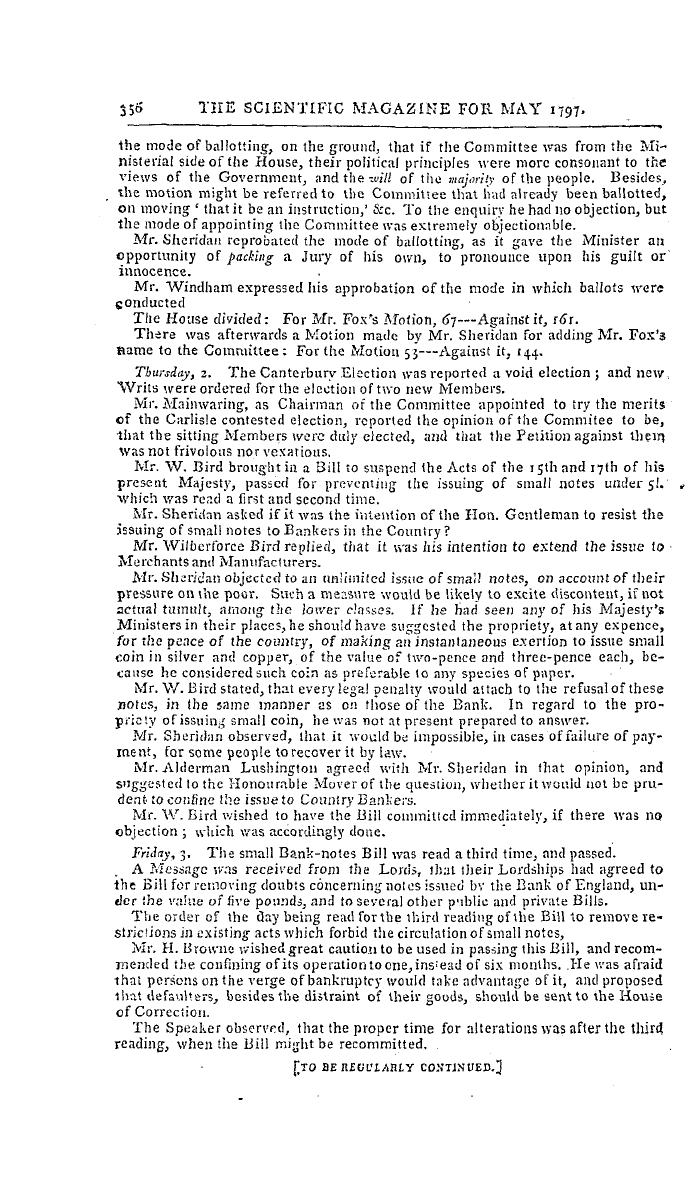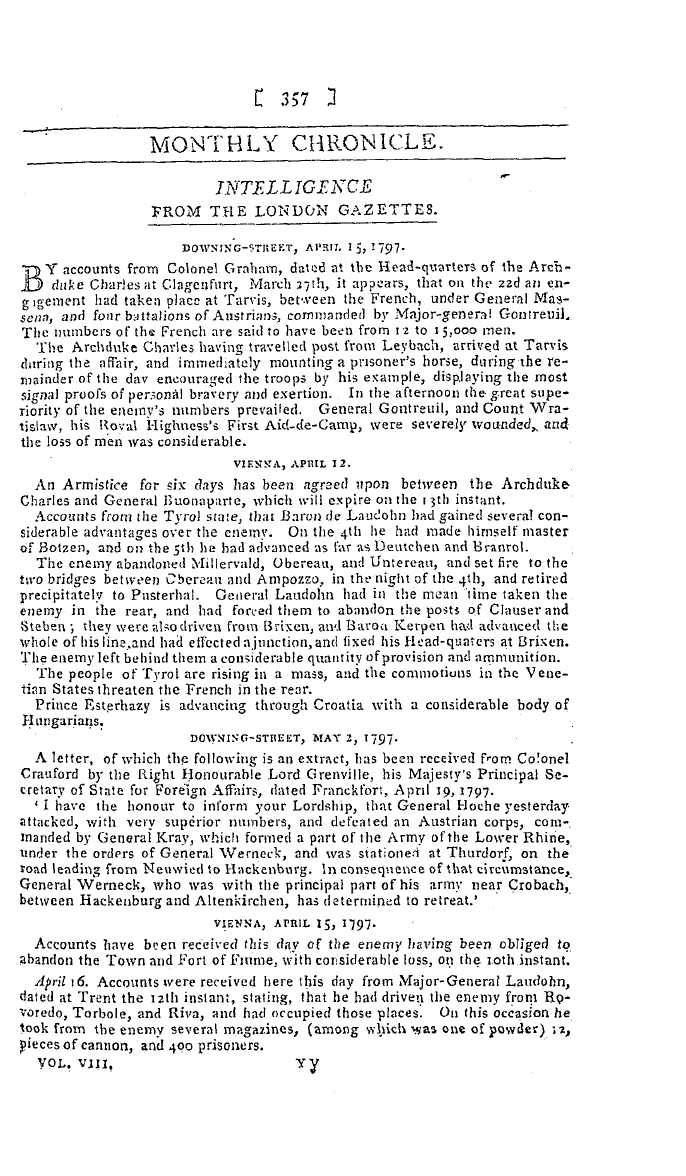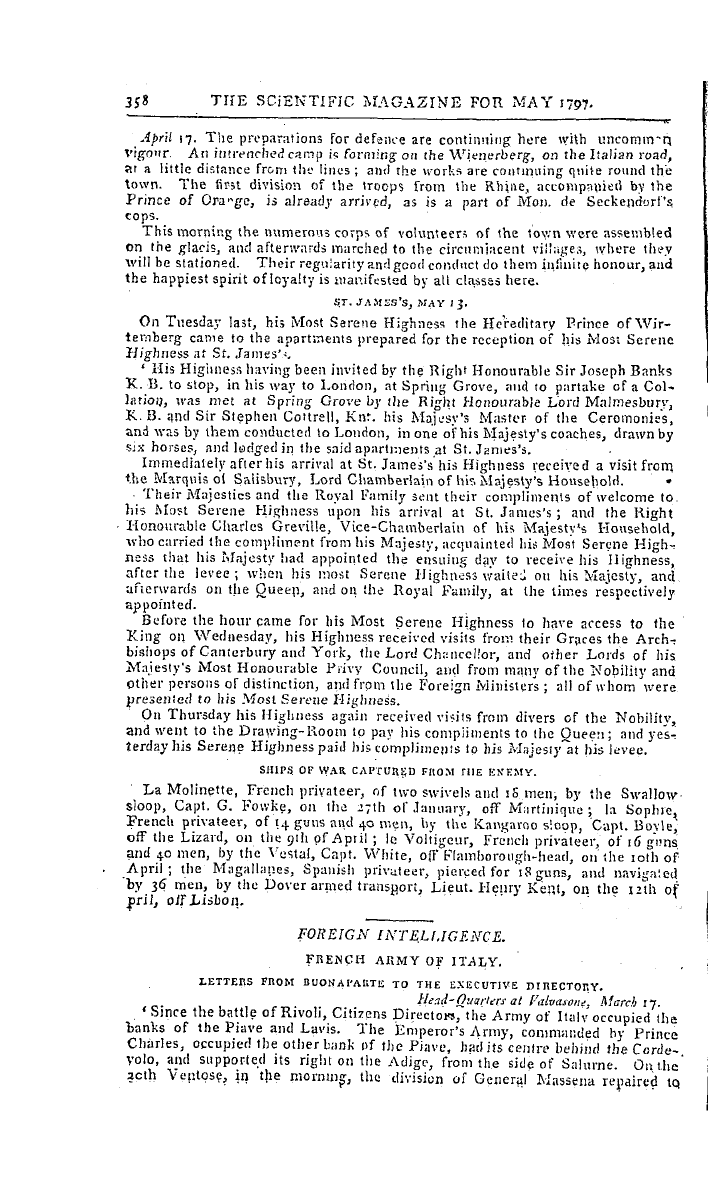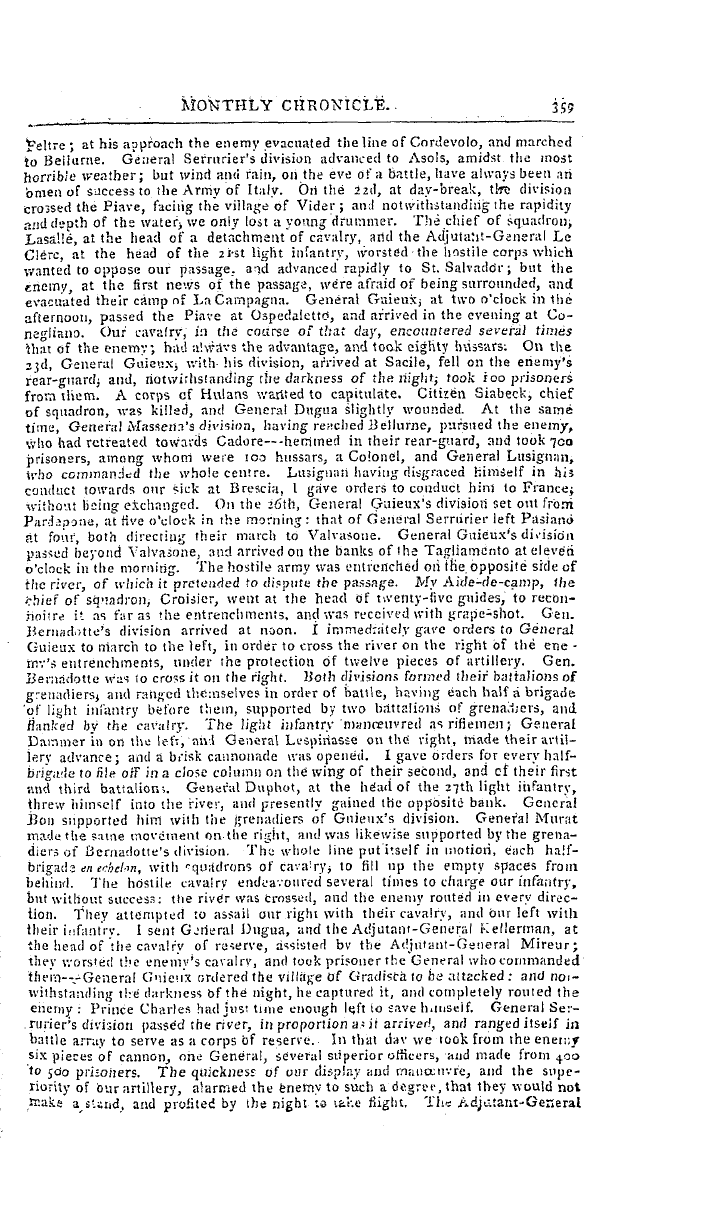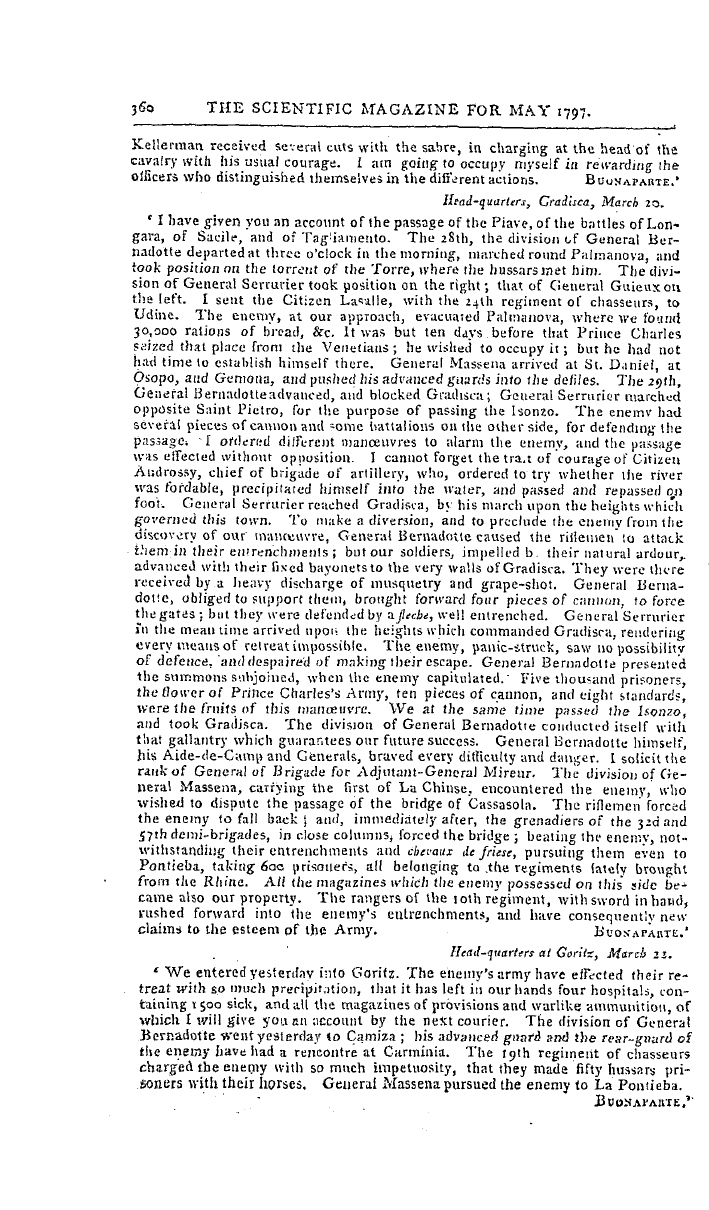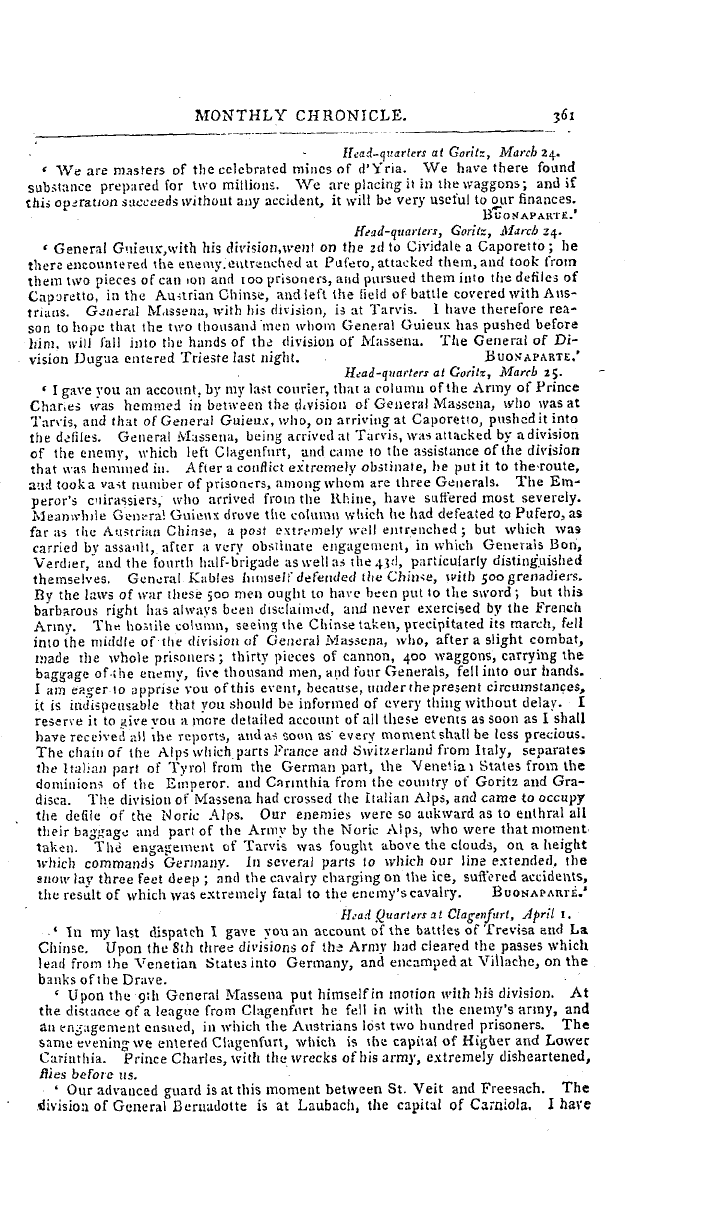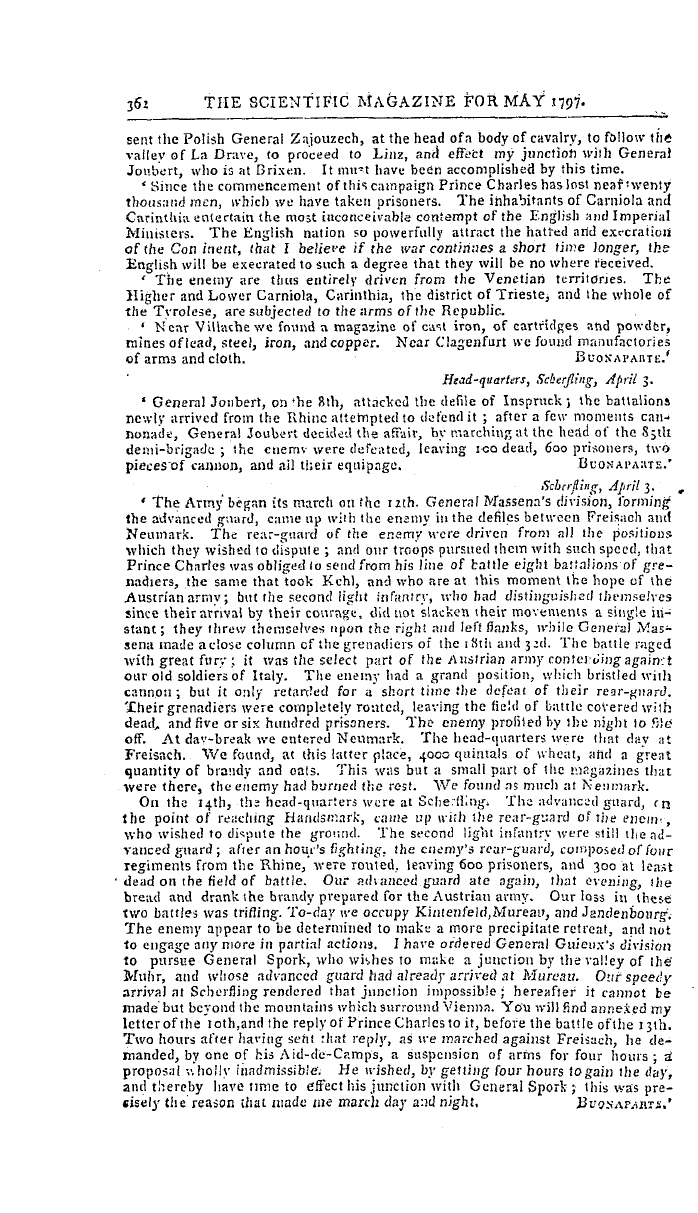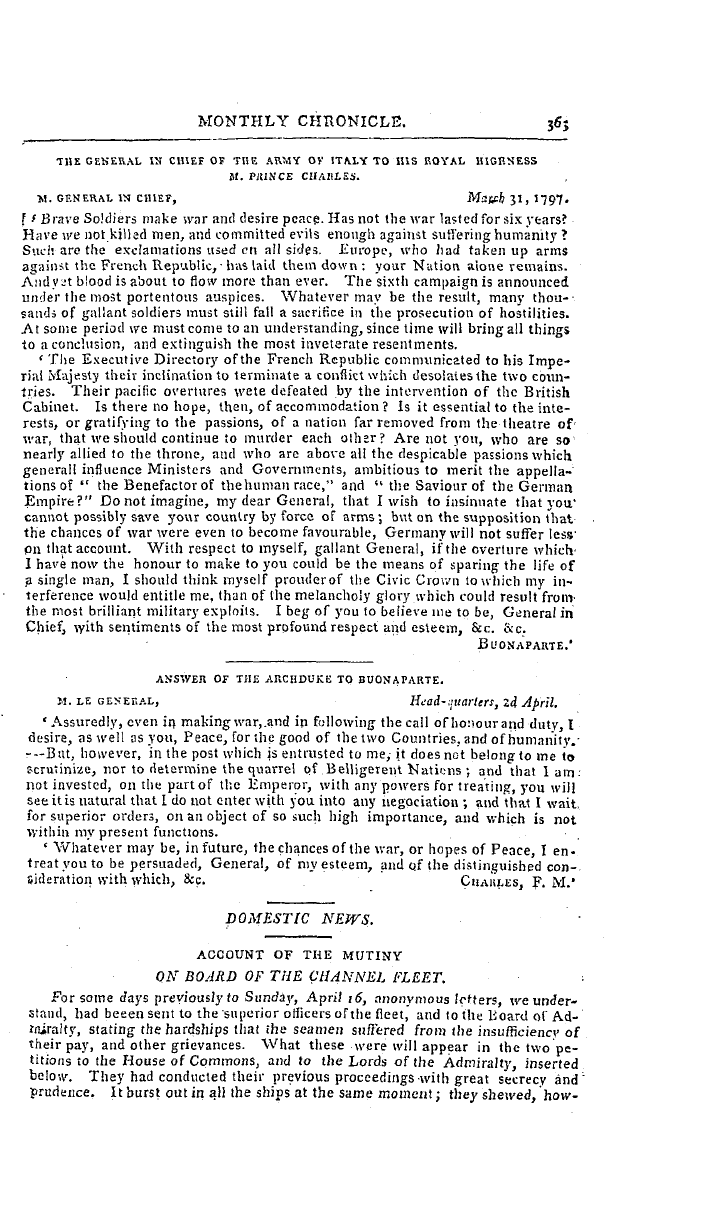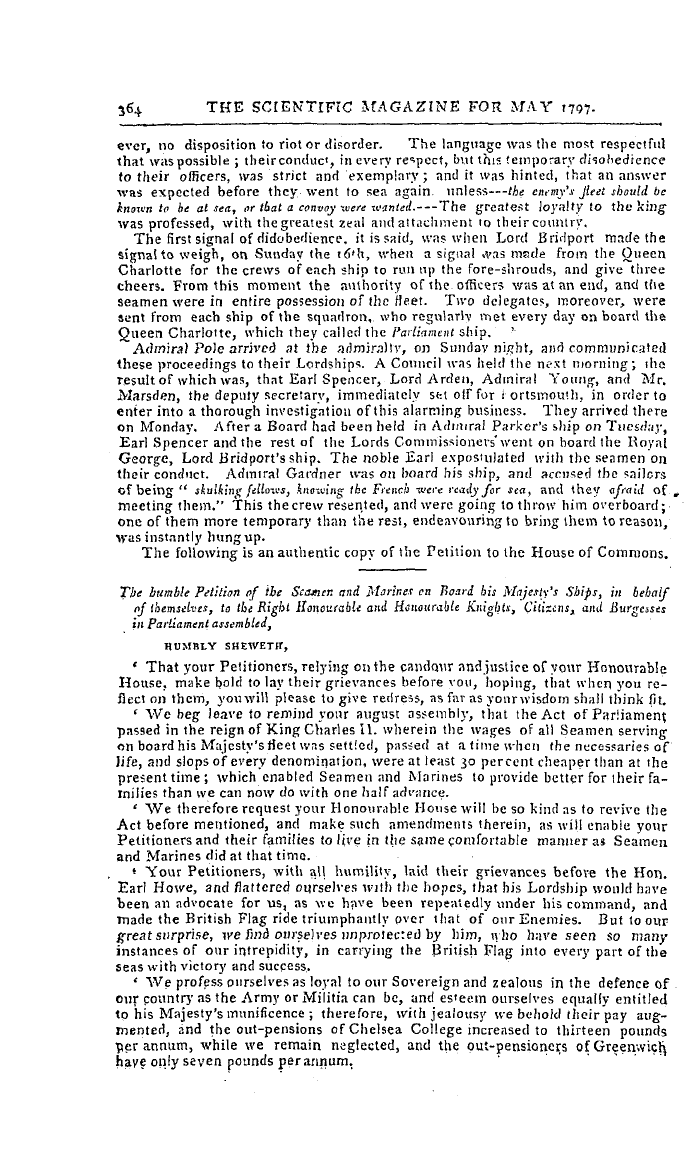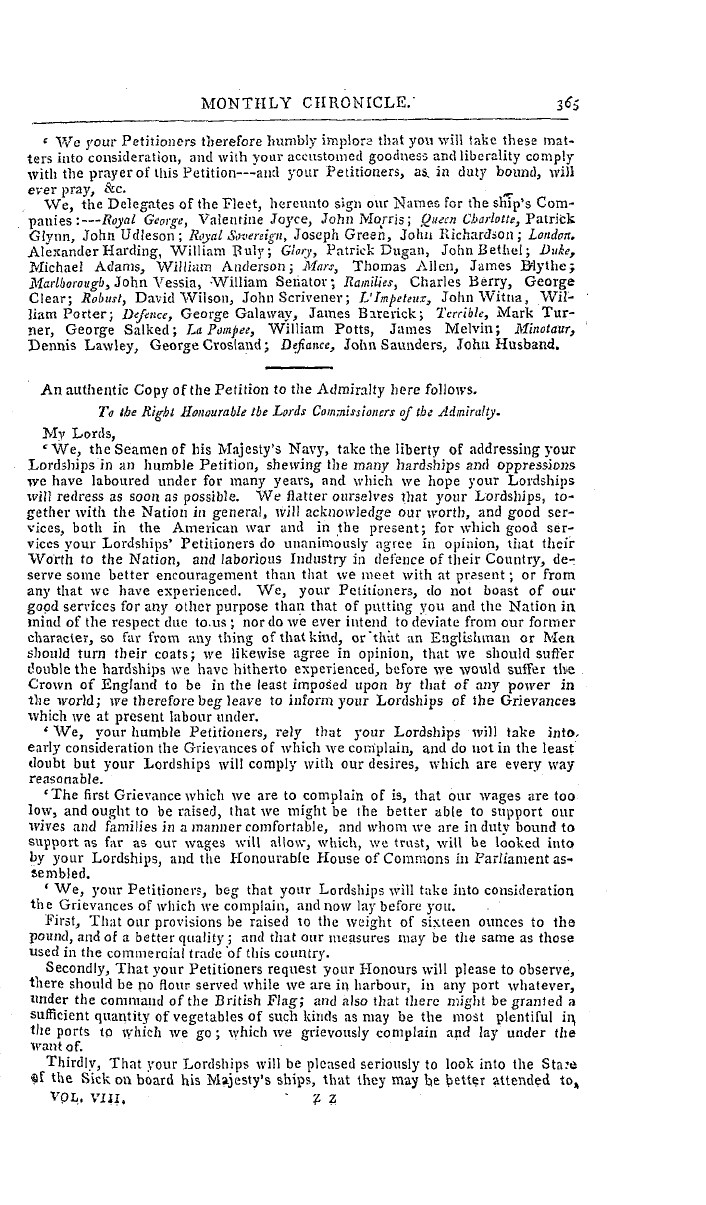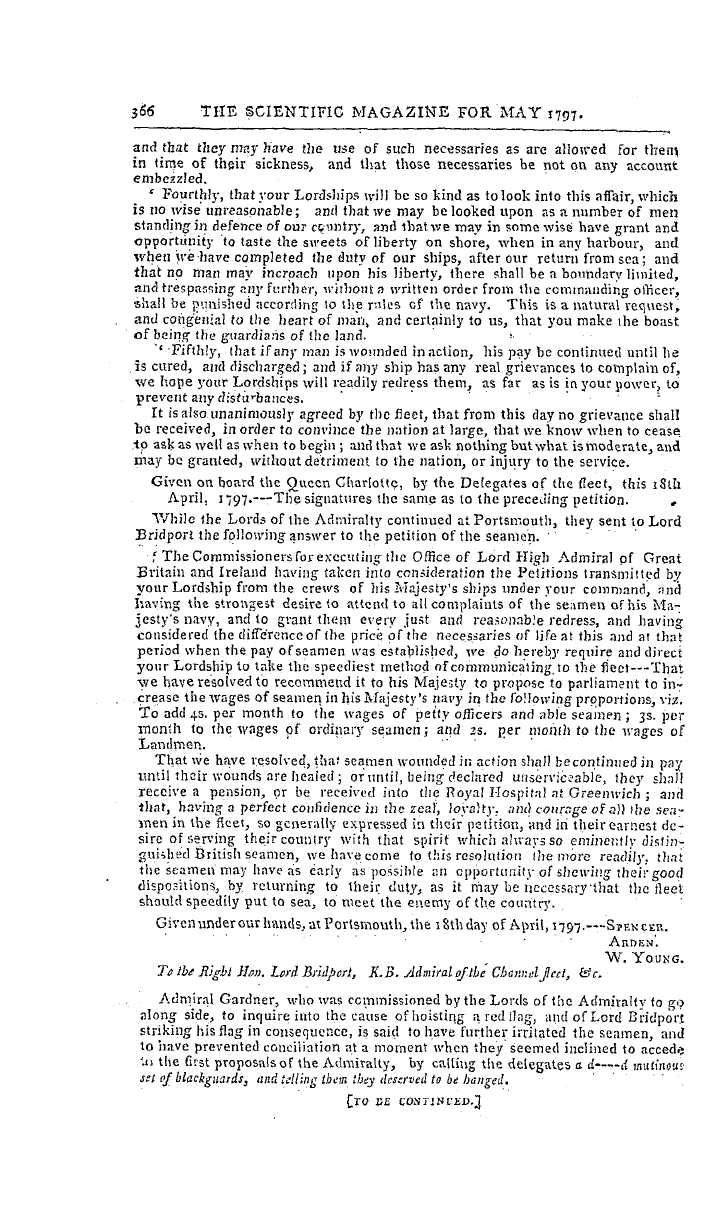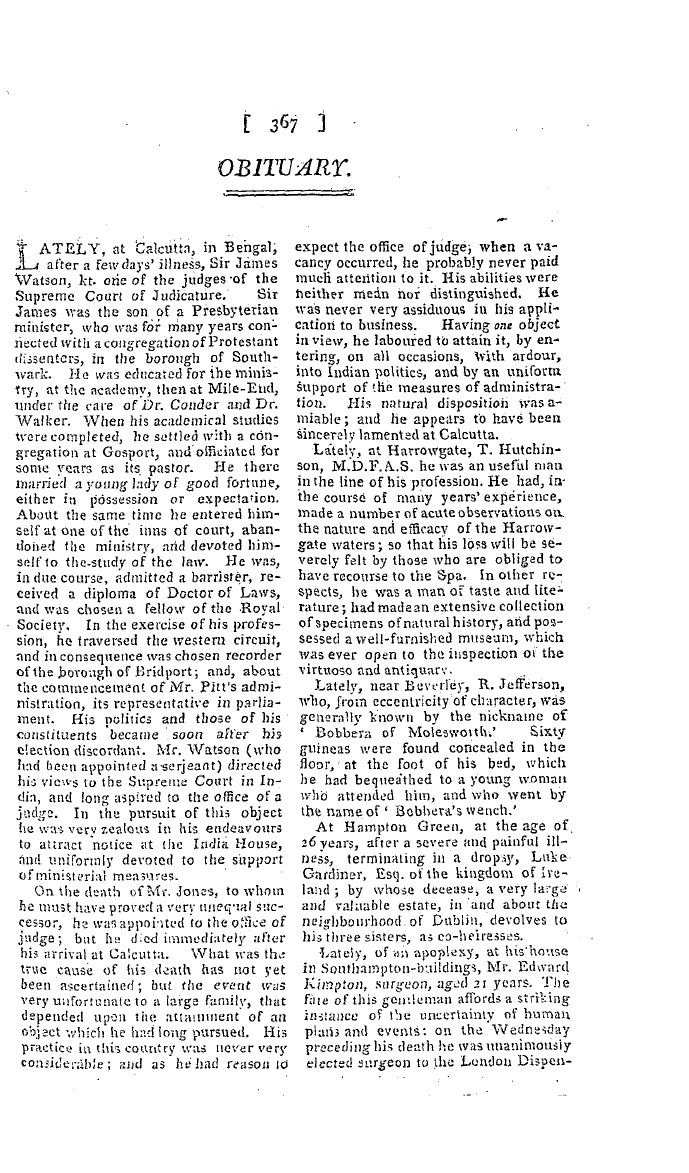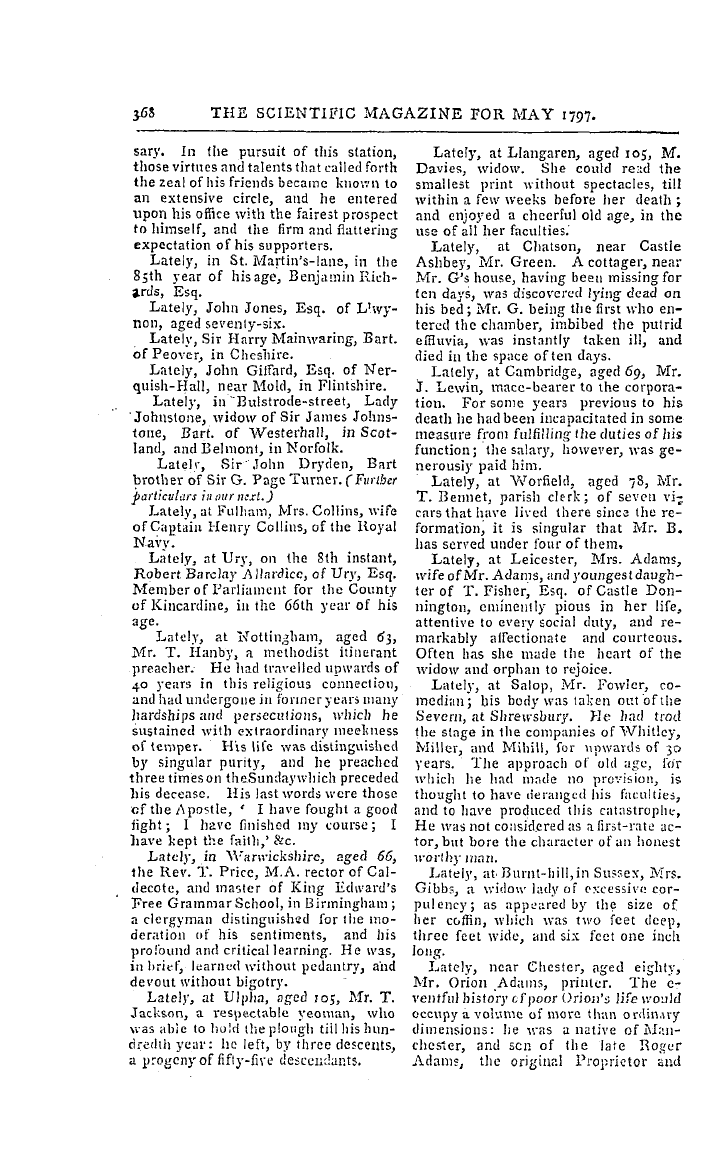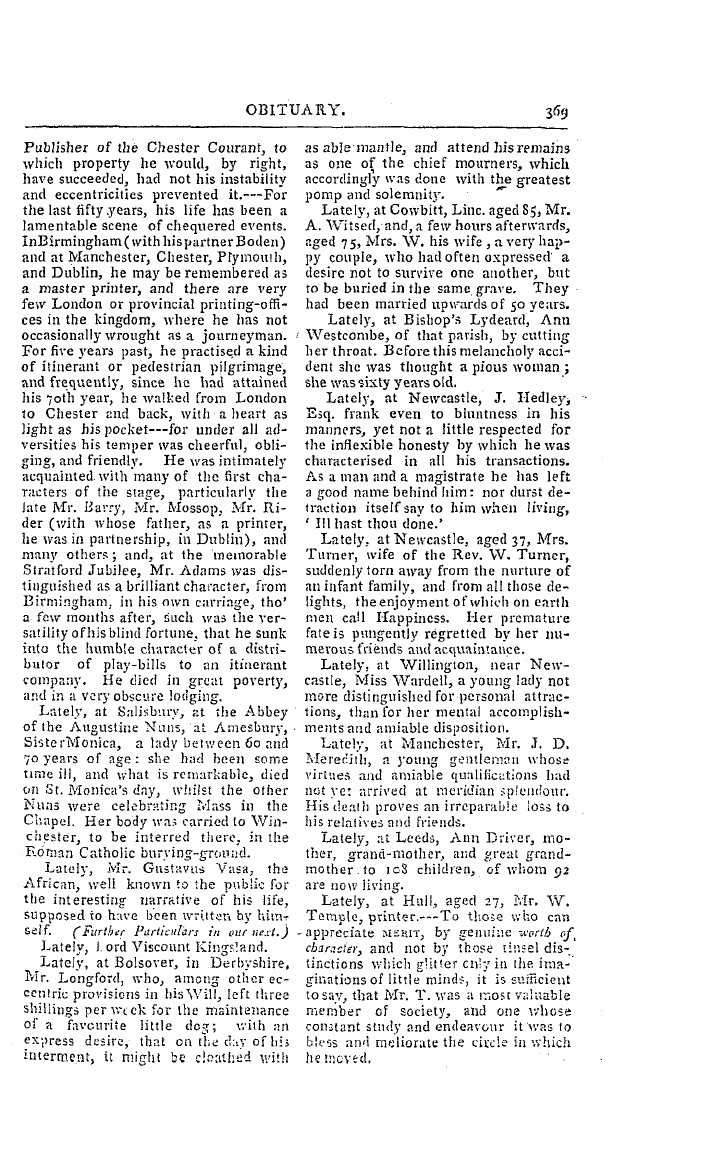-
Articles/Ads
Article PRESENT STATE OF THE SPANISH THEATRE. Page 1 of 2 →
Note: This text has been automatically extracted via Optical Character Recognition (OCR) software.
Present State Of The Spanish Theatre.
PRESENT STATE OF THE SPANISH THEATRE .
[ CONCLUDE . ! ? ROM OKR LAST . ] THE Saynetes seem to have been invented to giA'e relief to the attention of the audience , fatigued by following the intrigue of ''** the great piece through its inextricable labyrinth . Their most certain effect is that of making lose the clew ; for it seldom happens
you that the real Spanish comedies arc represented without interruption . They are composed of three acts , called jomadas . ' After the first act comes the Saynete ; and the warrior or king , whom you have seen adorned Avith a helmet or a crown , has frequently a part in the little piece ; and to spare himself the trouble of entirely changing his dresssometimes a part of his noble or royal garments .
, preserves His sash or buskin still appears from beneath , the dirty cloak of a man of the lowest class , or the robe of an Alcalde . The stranger , who is ignorant of the old custom of joining together objects so incongruous , imagines the hero Avhohas so long occupied his-imagination has assumed a disguise useful to his purpose ; and seriously seeks for the connection between that scene and those preceding . When
the Saynete is finished , the principal p iece is continued . After the second act , there is a neAV interruption longer than the first ; another Saynete begins , and is succeeded by-a species of comic- - opera , very short , and called Tonadilla . A single actress frequently performs the yvhole . She relates , in singing , either an uninteresting - adventure , or some trivial maxims of gallantry : if she be a favourite . -.
with the public , and her indecent manner satisfies the admirers of this insi p id and sometimes scandalous representation , she obtains the applause , Avliich she never fails to solicit at the conclusion ; , and the third act of the great piece is permitted to begin . It may be imagined what becomes of illusion and interest after these interruptions , oh : which account , it is not uncommon to see , after the Tonadilla is .
finished , the audience diminish , and become reduced to the few who are unacquainted with the principal piece , or whose curiosity is stron-g enough to make them wait to see the unravelling . From what has been ' saiti , it may be judged that the Spaniards feel but few lively , strong , or contrived emotions , which in other countries are the delight of the lovers of the dramatic art . The Saynetes and Tonadiilas are frequently in Spain what are most attractive in these strange medleys , and it must be confessed the auditor may be satisfied with them when
he goes to the theatre to relax , and not agreeably to ' employ his mind . After a short residence in Spain , it is easy to corfceive the attraction which the Saynetes ancl Tonadiilas may have for the people of the country . Manners , dress > adventures , and music ; all are national ; I'M ,, VIII . S 3
Note: This text has been automatically extracted via Optical Character Recognition (OCR) software.
Present State Of The Spanish Theatre.
PRESENT STATE OF THE SPANISH THEATRE .
[ CONCLUDE . ! ? ROM OKR LAST . ] THE Saynetes seem to have been invented to giA'e relief to the attention of the audience , fatigued by following the intrigue of ''** the great piece through its inextricable labyrinth . Their most certain effect is that of making lose the clew ; for it seldom happens
you that the real Spanish comedies arc represented without interruption . They are composed of three acts , called jomadas . ' After the first act comes the Saynete ; and the warrior or king , whom you have seen adorned Avith a helmet or a crown , has frequently a part in the little piece ; and to spare himself the trouble of entirely changing his dresssometimes a part of his noble or royal garments .
, preserves His sash or buskin still appears from beneath , the dirty cloak of a man of the lowest class , or the robe of an Alcalde . The stranger , who is ignorant of the old custom of joining together objects so incongruous , imagines the hero Avhohas so long occupied his-imagination has assumed a disguise useful to his purpose ; and seriously seeks for the connection between that scene and those preceding . When
the Saynete is finished , the principal p iece is continued . After the second act , there is a neAV interruption longer than the first ; another Saynete begins , and is succeeded by-a species of comic- - opera , very short , and called Tonadilla . A single actress frequently performs the yvhole . She relates , in singing , either an uninteresting - adventure , or some trivial maxims of gallantry : if she be a favourite . -.
with the public , and her indecent manner satisfies the admirers of this insi p id and sometimes scandalous representation , she obtains the applause , Avliich she never fails to solicit at the conclusion ; , and the third act of the great piece is permitted to begin . It may be imagined what becomes of illusion and interest after these interruptions , oh : which account , it is not uncommon to see , after the Tonadilla is .
finished , the audience diminish , and become reduced to the few who are unacquainted with the principal piece , or whose curiosity is stron-g enough to make them wait to see the unravelling . From what has been ' saiti , it may be judged that the Spaniards feel but few lively , strong , or contrived emotions , which in other countries are the delight of the lovers of the dramatic art . The Saynetes and Tonadiilas are frequently in Spain what are most attractive in these strange medleys , and it must be confessed the auditor may be satisfied with them when
he goes to the theatre to relax , and not agreeably to ' employ his mind . After a short residence in Spain , it is easy to corfceive the attraction which the Saynetes ancl Tonadiilas may have for the people of the country . Manners , dress > adventures , and music ; all are national ; I'M ,, VIII . S 3
































































